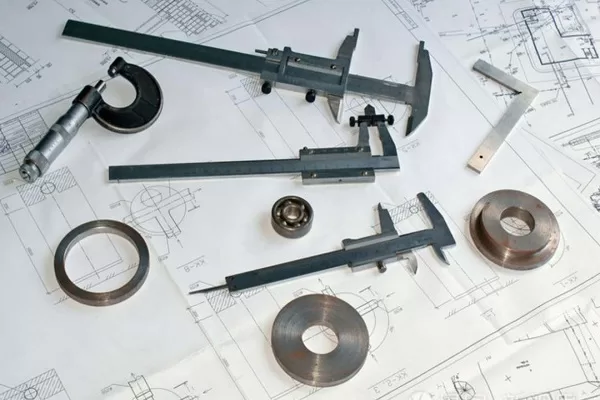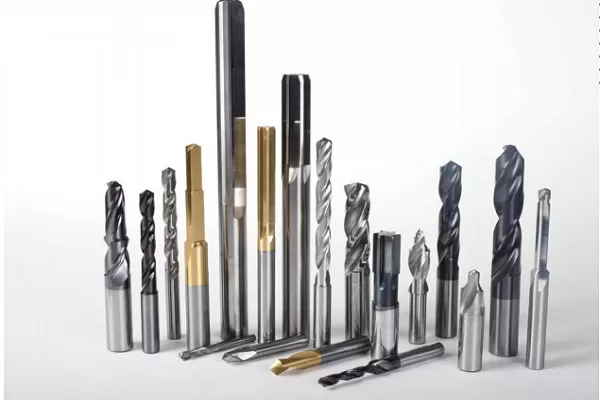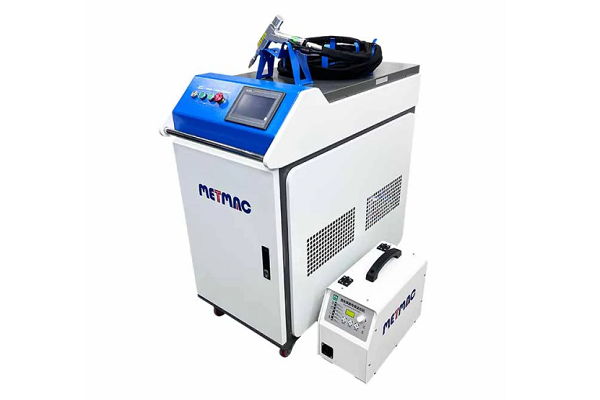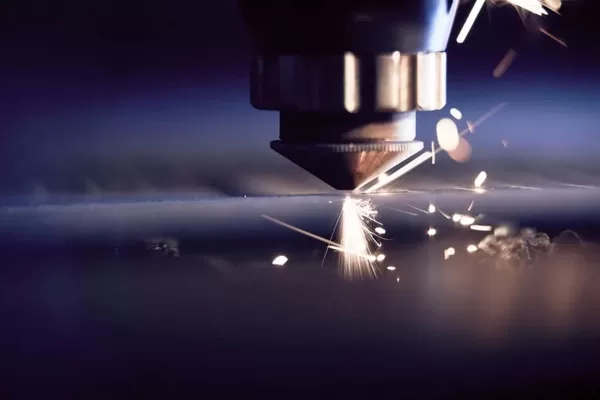
Exploring Different Sheet Metal Rolling Machine Designs for Various Production Scales
- By:Metmac
- 2024-08-01
- 77
Sheet metal rolling machines are essential for shaping and forming metal sheets into desired shapes and sizes. Different industries, from automotive to construction, rely on the ability to mold metal sheets into complex geometries. Each production scale demands a specific type of rolling machine to meet efficiency, precision, and cost requirements. This article delves into the various sheet metal rolling machine designs tailored to different production scales, providing insights into their unique capabilities and applications.
Machine Types
Rolling machines can be categorized into three primary types:
Plate Rolling Machines:
Designed for heavy-duty applications, plate rolling machines handle thick metal plates. They consist of three or four rollers that move and bend the metal sheet into a cylindrical shape.
Section Rolling Machines:
Specializing in creating intricate shapes, section rolling machines feature multiple sets of contoured rollers. They produce a wide range of profiles, including angles, channels, and beams.
Sheet Rolling Machines:
Suited for smaller-scale operations, sheet rolling machines are compact and versatile. They excel in forming thin metal sheets into curves, bends, and cones.
Production Capacity
Low-Volume Production:
Manual and semi-automatic sheet rolling machines are ideal for low-volume production. These machines offer flexibility and ease of use for small businesses and prototyping purposes.
Medium-Volume Production:
CNC-controlled rolling machines automate the process, reducing operator involvement. They provide higher precision and productivity, catering to medium-volume production requirements.
High-Volume Production:
Heavy-duty rolling machines, such as hydraulic and motor-driven machines, handle large sheet metal volumes for mass production. They offer fast cycle times and consistent quality.
Materials
Sheet metal rolling machines can process various metals, including:
Mild Steel:
Versatile and economical, mild steel is widely used in construction and automotive industries.
Stainless Steel:
Resistant to corrosion and heat, stainless steel is suitable for food processing and chemical applications.
Aluminum:
Lightweight and strong, aluminum finds application in aerospace, automotive, and transportation sectors.
Applications
Sheet metal rolling machines enable a diverse range of applications:
Round Shapes:
Cylindrical tanks, pipes, and drums are formed using plate rolling machines.
Structural Components:
Section rolling machines produce beams, angles, and channels for construction and infrastructure projects.
Curved Surfaces:
Sheet rolling machines create curved panels, roofing systems, and decorative elements.
Conclusion
Matching the right sheet metal rolling machine to the production scale is crucial for efficiency, precision, and cost-effectiveness. By understanding the various designs, capacities, and applications, manufacturers can make informed decisions to optimize their metal forming processes. From low-volume manual operations to high-volume automated systems, a vast array of rolling machines cater to the diverse demands of the sheet metal industry.
-
The Advantages of Using a Sheet Roll Forming Machine in Manufacturing
2024/09/14 -
How to Optimize Your Laser Sheet Cutting Machine for Maximum Performance
2024/09/12 -
How to Maximize Efficiency with Modern Sheet Metal Working Machines
2024/09/04 -
The Environmental Benefits of Using Duct Board Grooving Machines
2024/09/03
-
Integrating Automation with Rectangular Duct Machines for Enhanced Productivity
2024/05/11 -
Metal Shear Machines- Essential Tools for Precision Metal Cutting
2024/05/11 -
Understanding the Role and Function of Steel Strip Slitting Machines
2024/05/11 -
Maintenance Tips for Longevity of HVAC Duct Machines
2024/05/11
-
A Guide to the Latest Innovations in Sheet Metal Folding Machines
2024/11/29 -
Key Features to Consider When Investing in a Sheet Metal Folding Machine
2024/11/28 -
Enhancing Precision with Advanced Sheet Metal Folding Machines
2024/11/27 -
How to Choose the Right Sheet Metal Folding Machine for Your Workshop
2024/11/26



